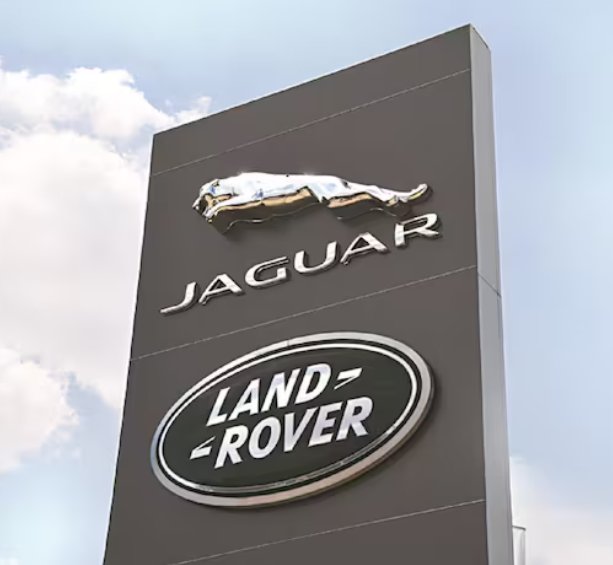






As a result of an aluminium shortage, Jaguar Land Rover (JLR) recently reported a significant decline in profits. The luxury carmaker attributed the fall in deliveries to a flooding incident at one of its key aluminium suppliers in Switzerland, severely impacting the production of its high-end SUVs.

The aluminium supply constraints have compounded the challenges faced by European automakers, who are already grappling with a slowdown in demand. JLR's rivals, including Porsche AG and Mercedes-Benz Group AG, have also been affected by the same supplier issues, further straining production lines across the industry.
The British automaker behind Range Rover and Land Rover vehicles announced on November 8, 2024, that its pretax profit for the three months ending in September decreased by 10 per cent, dropping to £398 million (approximately $516 million) compared to the same period last year; however, revenue also declined by 5.6 per cent, totalling £6.5 billion.
Despite the setbacks, JLR remains optimistic, forecasting a recovery in production during the second half of its financial year as aluminium supply issues begin to ease. The company has maintained its full-year revenue guidance of approximately £30 billion, signalling confidence in the long-term outlook.
The aluminium shortage has also had a ripple effect on Tata Motors, JLR's parent company, which saw a dip in net income by 11 per cent to INR 33.4 billion rupees ($396 million) in the quarter. Revenue for the period fell by 3.9 per cent to 1.01 trillion rupees, slightly steeper than analysts had anticipated. JLR continues to be the largest contributor to Tata Motors, accounting for more than two-thirds of the group's total revenue.
As the aluminium supply chain stabilizes, JLR's recovery will be closely monitored, with industry experts watching how global supply constraints and shifting demand trends will impact the automotive sector's performance in the coming months.
Aluminium has emerged as an essential material in the automotive industry, with a future poised to be even more promising as its demand continues to grow across various sectors, particularly in transportation, where the automotive industry holds a leading position. The AL Circle industry-focused report, “Future of Aluminium in the Transportation Sector – An Industry Analysis with Forecasts to 2027,” offers an in-depth exploration of aluminium demand across the transportation sector, including regional breakdowns. Access this comprehensive report today to stay ahead and understand market trends and forecasts.
For queries, please contact William Gu at williamgu@smm.cn
For more information on how to access our research reports, please email service.en@smm.cn